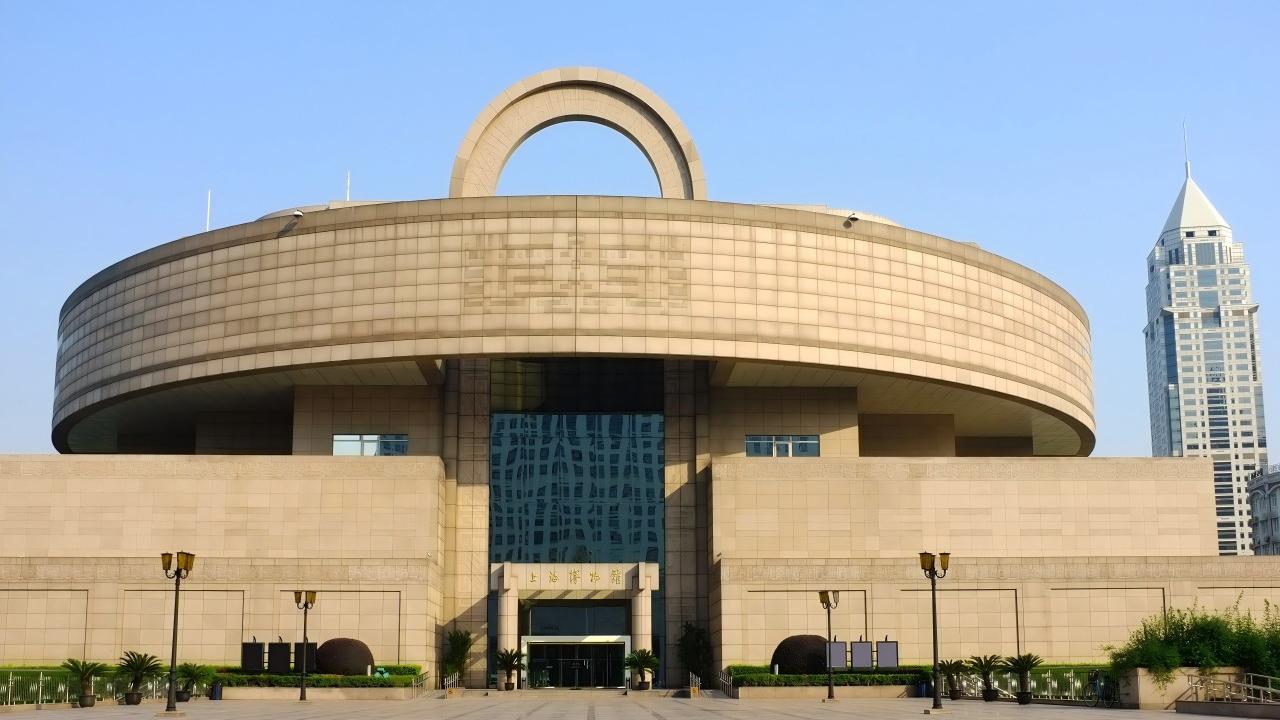Nestled in the heart of Shanghai’s bustling Bund district, the Shanghai Museum stands as a timeless gateway to China’s rich history and artistic legacy. As one of the country’s foremost cultural institutions, it houses over 140,000 precious artifacts, spanning 5,000 years of Chinese civilization. From ancient bronzes and delicate porcelain to revered calligraphy and revolutionary modern art, the museum offers a captivating panorama of China’s artistic and intellectual evolution.

A Hub of Culture and History
Founded in 1924, the Shanghai Museum evolved from a private collection into a national treasure trove, showcasing China’s artistic achievements from the Neolithic Age to the Qing Dynasty (1644–1912). Its iconic building, a blend of traditional Chinese architecture and modern design, reflects the city’s duality—rooted in tradition yet forward-thinking. The museum’s layout harmonizes with its collections, guiding visitors through chronological and thematic galleries that emphasize storytelling and cultural context.
Iconic Collections
The museum’s permanent exhibitions are divided into nine key galleries, each illuminating a facet of Chinese art:
1. Bronze Ware Gallery: Displays ritual vessels and weapons from the Shang (c. 1600–1046 BCE) and Zhou dynasties, highlighting China’s early technological and artistic prowess.
2. Jade Gallery: Features jade carvings from the Neolithic period to the Ming and Qing eras, underscoring their symbolic significance in Chinese culture as tokens of virtue and power.
3. Ceramics Gallery: Showcases porcelain masterpieces, including Song dynasty celadons, Ming and Qing blue-and-white wares, and vibrant Qing dynasty polychrome pieces.
4. Paintings Gallery: Highlights works by legendary artists such as Wu Daozi (Tang dynasty) and Xu Beihong (modern era), illustrating the evolution of Chinese painting styles.
5. Calligraphy Gallery: Exhibits treasured manuscripts, seals, and stone inscriptions, celebrating the art of Chinese writing as a spiritual and intellectual pursuit.
Among its most prized possessions are the “Chicken Cup” porcelain from the Ming dynasty, renowned for its translucent glaze, and the “Dwelling in the Fuchun Mountains” scroll by Huang Gongwang (Ming dynasty), a masterpiece of literati painting.
Education and Innovation
Beyond its collections, the Shanghai Museum is a dynamic educational space. It offers lectures, workshops, and interactive programs for all ages, fostering a deeper appreciation of Chinese culture. Recent innovations, such as augmented reality (AR) tours and digital restoration projects, bring ancient artifacts to life, appealing to both scholars and casual visitors.
A Global Ambassador of Culture
As a member of the “Museums for Peace” initiative, the Shanghai Museum promotes cross-cultural dialogue through international exchanges and loan exhibitions. Its collaborations with global institutions have placed Chinese art on the world stage, cementing its reputation as a beacon of cultural preservation and innovation.
The Shanghai Museum is more than a repository of artifacts—it is a living testament to China’s spiritual and artistic continuity. By blending meticulous scholarship with immersive experiences, it invites visitors to explore the nation’s soul, making it an indispensable destination for anyone seeking to understand China’s past and present. Whether admiring a Ming vase’s delicate craftsmanship or pondering a Tang poem’s timeless wisdom, the museum offers a deeply rewarding journey through China’s cultural DNA.


